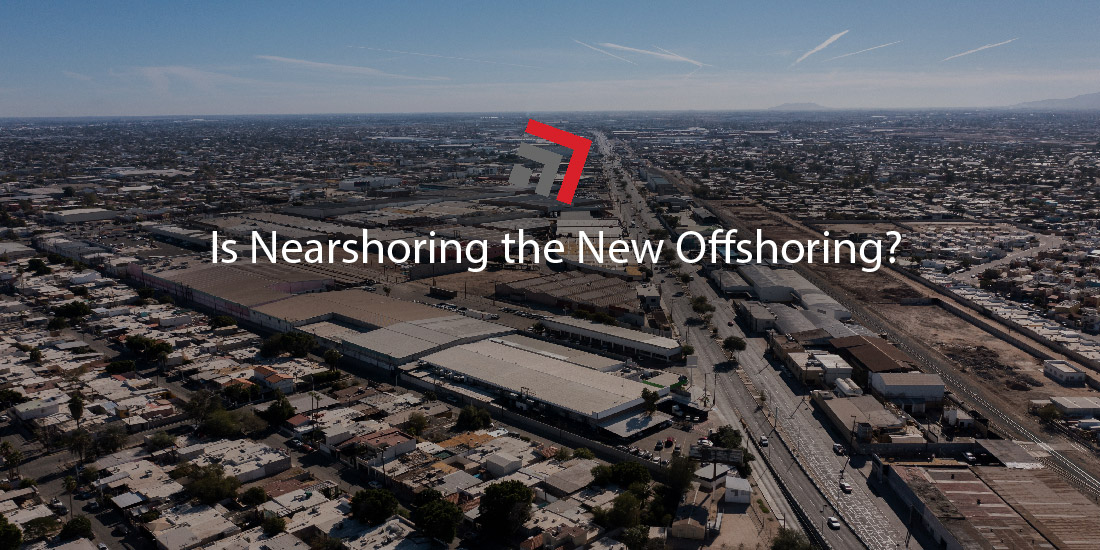“Nearshoring is so fetch! It’s totally the new offshoring!” said maybe a supply chain professional or two.
Nearshoring—bringing manufacturing and sourcing closer to the states—has trended in popularity among supply chain teams over the past couple of years.
Negatives of offshoring were emphasized in Covid-era logistics
Nearshoring is an alternative strategy to the offshoring model. It’s the practice of partnering with manufacturers and suppliers that are located in countries right near the shipper’s homeland. In the case for U.S. businesses, a nearshore operation may be working with a Mexican supplier rather than an overseas supplier in India.
While offshoring has several benefits, including low labor costs and proximity to raw materials, there are downsides to the practice that became emphasized in Covid-era logistics.
Take China, America’s offshoring capital, for example. Last year, when U.S. import volumes were at their highest, China’s manufacturing output was stymied due to Covid-related restrictions and lockdowns. Supply chain pros had no control over this fate and just had to wait for their late freight.
In return, this could be seen as one of the inflection points for businesses to withdraw their sourcing operation from overseas opting for a nearshore alternative. With involved parties now closer, shorter lead times will, if all goes to plan, increase cash-to-cash cycles and get product from the factory to the customer in relative haste.
Mexico is the beneficiary of America’s growing nearshoring appeal
It’s important to note—nearshoring isn’t a move every business is looking to make, nor should they (depending on their current models).
However, many American supply chain teams have migrated their operations across the oceans to North America—specifically, south of the border. Bolstered with competitive advantages, location, free-trade agreements, and labor capacity, Mexico is the posterchild of America’s nearshoring movement.
Businesses have celebrated the move to Mexico as a gamechanger to their sourcing. Lead times are spoken about in terms of days, not weeks, and truckload replaces a costlier and lengthier ocean freight transit.
With this trend being “fetch” for many supply chains now, demand for logistics facilities along the border has boomed.
“The cross-border market is growing mostly due to the effects of nearshoring and e-commerce fulfillment centers coming to Mexico,” an insider told FreightWaves.
At California’s Otay Mesa port of entry alone, $62.4 billion in trade was reported in 2022, a strong reflection that nearshoring of manufacturing and supply chains in Mexico are very much real.
Final Thoughts
For shippers who do engage in a nearshoring practice for their sourcing model, strong cross-border support is necessary if they handle the responsibility of importing in their product or material.
Please contact us if you have any questions or concerns about cross-border trade. Our experts have helped many shippers move truckloads and carloads to and from Canada and Mexico.
In addition, please check out our Road Map newsletter to stay informed on all things trucking and rail every week.



Recent Comments